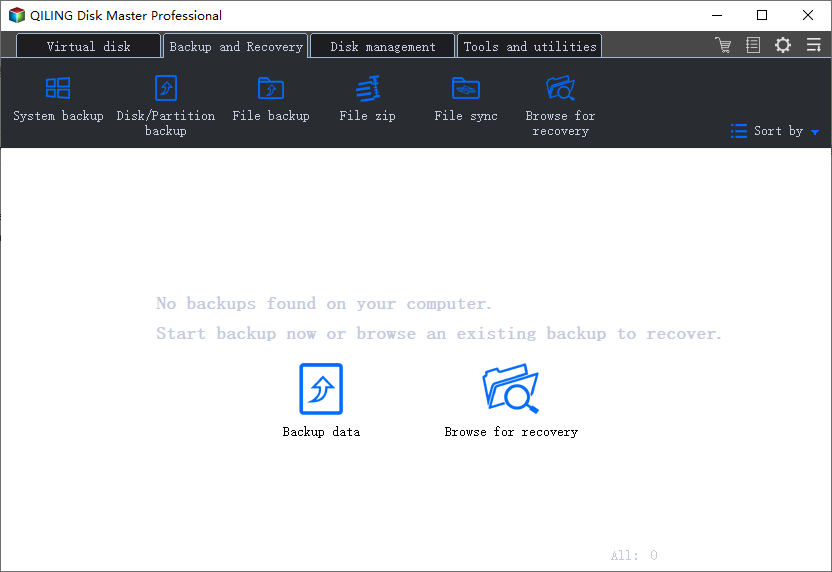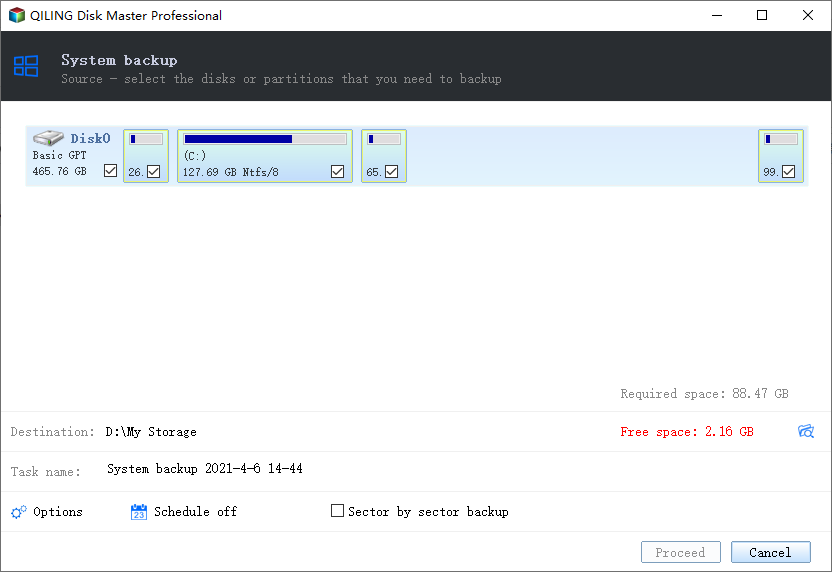What is Disk Imaging
Disk imaging refers to copying the contents of a data storage device or medium, and transferring this to another, similar medium or device. In its original context, disk imaging implies the creation of an exact duplicate of a computer's hard disk drive - including its programs, setup and data then storing this in a special, compressed file format.
Disk imaging aims to provide the user with an exact replica of a computer's systems and data - needed in case of a catastrophic disk crash where the user needs to recover systems or data (e.g. in the event of a virus attack or accident), to 'clone' a systems set-up for installation in another computer or to move these to another hard drive.
The Uses of Disk Imaging
The primary use of disk imaging software is to provide quick and easy back-ups of computer software and data stored on hard disks. While most people think of backing up data, disk imaging programs back up not only data but also the computer's systems and configuration.
In effect, a disk imaging program captures an 'image' of an active computer system - its structure, registry programs, 'tweaks', software, etc. This is especially useful in case of problems encountered during the life of the system - deliberate virus attacks which may erase systems or data, software or hardware glitches which may require formatting or erasure of the hard disk, installation of beta (test) software that may conflict with a computer system, catastrophic incidents like man-made disasters or accidents (e.g. fire, floods, and the like).
In other words, a disk image means having an updated 'rescue disk' that one uses to easily reinstall the system to what it was at the time of 'duplication,' without having to go through the involved process of installing software and resetting or tweaking settings once again to the desired configuration.
A second application for disk imaging software is for systems administrators who oversee multiple computers with similar configurations. Rather than spending time in transferring and configuring systems on different computers, a disk imaging software makes the task easy and quick - duplicate the systems on one machine and install the 'disk image' on another computer.
So how to back up Windows 10 or the entire computer to a USB drive? Here, we collected 3 ways to help you out. Pick the right method based on your need and follow to back up Windows 10 on your own now:
Disk Image Software
The most popular disk imaging software is Symantec Ghost. The initial versions of Ghost were used to duplicate or clone entire disks (without regard to whether the disk was half-empty or not), but later versions were configured to provide the user with a choice of copying entire disks or individual partitions. Ghost also provides for multiple means of duplicating systems or data; one can copy these to a second disk on the same machine; duplicate these to another computer linked via network or parallel cable; or to copy the image to a network or tape drive.
A corporate edition of Ghost allows for multicasting, or the simultaneous transfer of images from one computer to several ones - an approach which reduces the stress on a computer network that has to transfer large files (usually several hundred megabytes or more).
Best Disk Image Software - Qiling Backup
Qiling Backup is a reliable disk image software. It is the safe backup & recovery software offering backup, disk clone and disaster recovery solution, supporting one-click system, files and applications backup.
Step 1. Launch and run Qiling Backup on your Windows 10 PC and choose "System backup".

Step 2. Click browse icon to select your external hard drive or USB as the Destination for saving Windows 10 system image.

Step 3. Click Proceed to start backing up your Windows 10 system now.
Related Articles
- Create System Image on USB Drive in Windows 10/8/7
- [Solved] This Application Was Unable to Start Correctly (Error Code: 0xc000007b)
- Hard Disk Backup in Windows 10/8/7 [Beginners' Guide]
- Why Is OneDrive Not Syncing on Windows PC? Answers and Fixes Are Here!